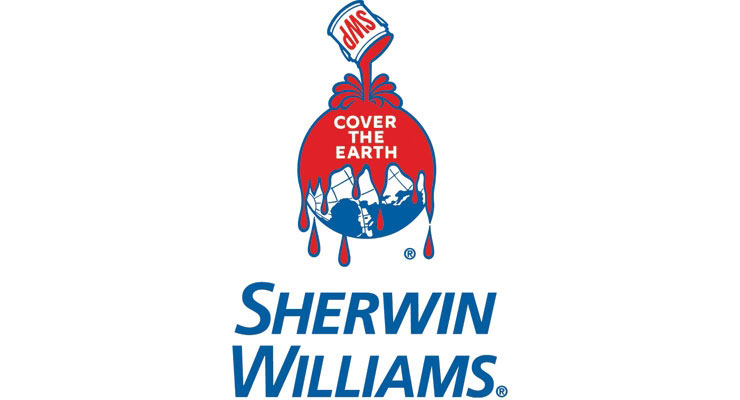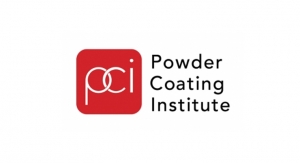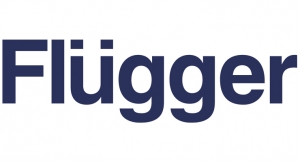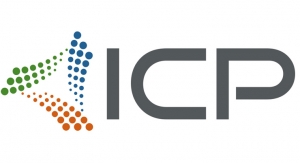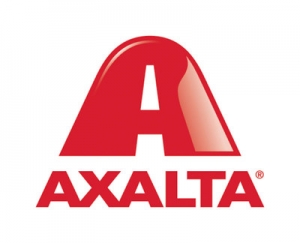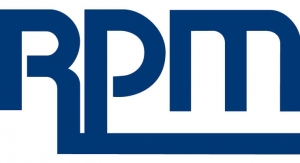08.12.21
The Sherwin-Williams Company has issued its 2020 Sustainability Report: Building in the Good, reflecting progress made in its environmental, social and governance (ESG) journey, as well as introducing its new sustainability goals and aspirations.
Recent Company achievements include:
Consistent with its purpose and commitment to continuous improvement, the Company completed a comprehensive review of its sustainability strategy in 2020. The review resulted in an enhanced sustainability framework focused on three pillars: Environmental Footprint, Product Blueprint and Social Imprint. All three pillars sit on a strong foundation of Governance and Ethics and are described in the new report.
Environmental Footprint focuses on the Company's facilities, stores and fleet. Sherwin-Williams is committed to responsible consumption and production, and to reducing the environmental footprint of its global operations. By 2030, the Company intends to:
"We have put dedicated resources into further formalizing and extending what sustainability means for Sherwin-Williams," comments Robert Israel, Vice President, Global Sustainability. "We are challenging ourselves with ambitious goals that align with our sustainability journey and positively impact our employees, customers, shareholders, communities and the planet."
The 2020 Sustainability Report offers new and expanded sections to provide additional context and detail to the Company's holistic sustainability approach. These include inclusion, diversity and equity, COVID-19 response, new features stories and an appendix containing the Sustainability Accounting Standards Board (SASB) Index and the Company's Investor ESG Summary.
In preparing this report, the Company referenced sustainability reporting frameworks, such as the Global Reporting Initiative (GRI) and the Sustainability Accounting Standards Board (SASB).
*Sustainably advantaged products are products that achieve a level of third-party green chemistry, ecolabel recognition or can be shown through data to be more sustainable than what is currently the norm for the industry. These products incorporate green chemistry solutions/substitutions, have reduced impact on human health and the environment, meet stringent leadership criteria or improve customer sustainability in a defined and measurable way.
Recent Company achievements include:
- Reduced carbon emissions by nearly 17% since 2017
- Reduced employee injuries by nearly 50% since 2015
- Collected 2.5 million gallons of paint for recycling since 2018
- Developed the first non-BPA epoxy coatings for food and beverage cans
- Developed a powder coating comprised of 25% pre-consumer recycled plastic
- Expanded the number of sustainably advantaged products* to represent an estimated 30% of the product portfolio
- Recognized by Forbes Magazine as one of America's Best Employers for Diversity, New Graduates, Women and Veterans
- Strengthened communities through employee service on more than 120 nonprofit boards and financial support of more than 800 nonprofit organizations
Consistent with its purpose and commitment to continuous improvement, the Company completed a comprehensive review of its sustainability strategy in 2020. The review resulted in an enhanced sustainability framework focused on three pillars: Environmental Footprint, Product Blueprint and Social Imprint. All three pillars sit on a strong foundation of Governance and Ethics and are described in the new report.
Environmental Footprint focuses on the Company's facilities, stores and fleet. Sherwin-Williams is committed to responsible consumption and production, and to reducing the environmental footprint of its global operations. By 2030, the Company intends to:
- Reduce absolute Scope 1 and 2 greenhouse gas emissions by 30%
- Increase renewable energy to 50% of total electricity usage
- Increase operational energy efficiency by 20%
- Reduce waste disposal intensity by 25%
- Implement the Sustainability by Design process across the enterprise in 2021
- Enhance plans in 2021 for expanding our portfolio of sustainably advantaged products
- Develop a consistent process in 2021 to measure and assess Scope 3 emissions
- Social Imprint focuses on health and safety, employee engagement, inclusion, diversity and equity, and community involvement. To further its commitment to providing a safe, rewarding and welcoming workplace, the Company has set new goals and aspires to:
- Reduce its recordable case rate to 0.8 by 2025
- Reduce ergonomic injuries through two ergonomic interventions per year in each manufacturing site
- Increase women in management roles to 30% by 2025
- Increase under-represented racial/ethnic groups in U.S. management roles to 30% by 2025
"We have put dedicated resources into further formalizing and extending what sustainability means for Sherwin-Williams," comments Robert Israel, Vice President, Global Sustainability. "We are challenging ourselves with ambitious goals that align with our sustainability journey and positively impact our employees, customers, shareholders, communities and the planet."
The 2020 Sustainability Report offers new and expanded sections to provide additional context and detail to the Company's holistic sustainability approach. These include inclusion, diversity and equity, COVID-19 response, new features stories and an appendix containing the Sustainability Accounting Standards Board (SASB) Index and the Company's Investor ESG Summary.
In preparing this report, the Company referenced sustainability reporting frameworks, such as the Global Reporting Initiative (GRI) and the Sustainability Accounting Standards Board (SASB).
*Sustainably advantaged products are products that achieve a level of third-party green chemistry, ecolabel recognition or can be shown through data to be more sustainable than what is currently the norm for the industry. These products incorporate green chemistry solutions/substitutions, have reduced impact on human health and the environment, meet stringent leadership criteria or improve customer sustainability in a defined and measurable way.

